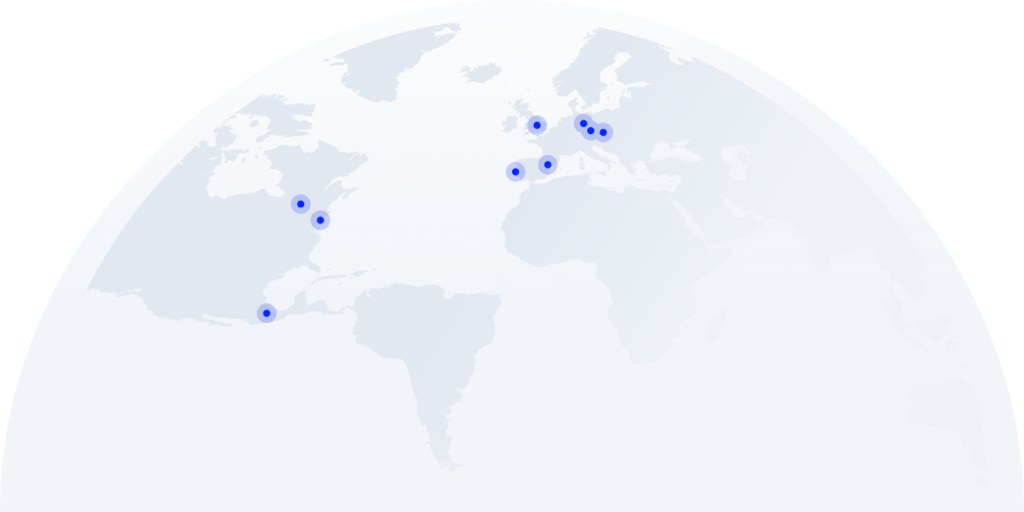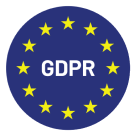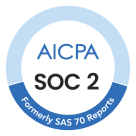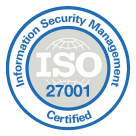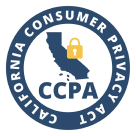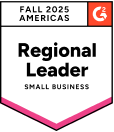94% of people no longer answer unknown calls¹. So if your number’s flagged as spam, that conversation…ain’t gonna happen.
Here’s how to avoid VoIP spam traps for your business.*
-
Verify your caller ID with the STIR/SHAKEN.STIR/SHAKEN is a caller ID authentication system that verifies calls aren’t spam. Your VoIP provider should handle this—(CloudTalk does this for you.)
-
Register your numbers across major carriers.Add them to the Free Caller Registry—the national database used by AT&T, Verizon, and T-Mobile to identify trusted callers.
-
Rotate numbers responsibly.Spread call volume across your number pool to protect your reputation. (Most leading dialers let you automate this–check your system’s pacing settings.)
-
Keep your call patterns human.Avoid robotic patterns: rapid dials, ultra-short calls, or zero pauses between connections. Use smart pacing or AI dialing to mimic natural behavior.
-
Display a verified business name (CNAM).Set your caller ID to show your company name by registering with CNAM. (Cloudtalk does this for you too.)
-
Maintain clean contact lists.Regularly remove disconnected or unresponsive numbers. High bounce rates can damage your number’s reputation.
-
Use compliant dialing software.Choose a VoIP provider with built-in call throttling, local presence, and compliance tools that protect deliverability. (For example, CloudTalk automatically manages pacing and reputation control.)
-
Do not use these tips if you are, in fact, a spammer
Next up: 7 steps you can take if you’re already marked as spam.
What to do if Your Number is Already Blocked or Marked as Spam
No need to panic. Take a deep breath, and follow these steps:
What to Do If Your Number Is Already Flagged
-
01
Stop using the flagged numberPause outbound calls from that line immediately. Every flagged call you place damages your entire number range’s reputation.
-
02
Contact your VoIP providerAsk for a reputation check or number replacement. Good providers (like CloudTalk) can verify and reissue clean DIDs fast.
-
03
Re-register with analytics servicesAdd your new or cleaned number to Hiya, TNS, or the Free Caller Registry so carriers recognize it as a verified business caller.
-
04
Audit your call behaviorCheck pacing, lead lists, and scripts for spam triggers to prevent repeating the same patterns.
-
05
Use branded caller ID (CNAM)Display your verified business name and number—familiar names get answered and are less likely to be flagged again.
-
06
Monitor closely for 2–3 weeksTrack pickup rates and test-call results after changes to confirm your reputation and deliverability are improving.
Next up: Keep reading to find out why calls get flagged as spam in the first place.
How Numbers Get Flagged as Spam: Triggers and Red Flags
Spam filters don’t randomly guess–they look for suspicious call behavior. If your number matches the patterns below, it’ll likely get flagged.
Common business triggers:
-
Cold calling from unverified or new numbers
-
Over-aggressive follow-ups on unresponsive leads
-
Political, fundraising, or collection campaigns run at scale

Stay Off the Spam Radar with CloudTalk

How to Find Out If Your Numbers Are Blocked, Flagged, or Blacklisted
| What to Check | How to Spot It | What It Tells You |
|---|---|---|
| Sudden Drop in Connect Rate | Compare weekly pickup rates in your call analytics dashboard. | If you see a sharp decline (20%+), your number might be flagged. |
| Spam/Scam Warning on Test Calls | Call your own numbers from different mobile carriers (AT&T, Verizon, T-Mobile). | Seeing “Spam Likely” or “Scam” next to your number confirms a reputation issue. |
| Carrier & App Databases | Search your numbers on Hiya, Truecaller, or Nomorobo. | Shows how your number is labeled across public reputation databases. |
| CRM & Dialer Reports | Review failed call logs or “no connection” records. | Frequent failed attempts signal carrier filtering or blocks. |
| Feedback from Contacts | Ask leads or customers directly what appears on their screen. | Real-world confirmation—if multiple people see spam tags, the number’s compromised. |
Compliance, Regulations, and Industry Moves That Impact Spam & Deliverability
Carriers are cracking down harder than ever on unwanted calls–and legitimate businesses are paying the price. In 2023, more than 28% of unknown calls were flagged as spam or fraud–up from 24% the year before.² Some outbound teams report connect rates dropping to as low as 5%, even on verified lead lists.³ Once your number is tagged as “Spam Likely,” your call might never even ring–and every unanswered call costs you trust, data accuracy, and potential revenue.
Sources:
- 01
- 02
- 03
Protect Your Calls Before Carriers Silence Them
Once your number’s reputation takes a hit, every ring gets harder to earn back. Spam filters aren’t going away–they’re getting smarter, faster, and more aggressive. The only way to stay ahead is to build trust into every call: verified caller IDs, smart pacing, clean data, and a VoIP platform that actively safeguards your reputation.
CloudTalk helps you do exactly that. From automatic STIR/SHAKEN verification to compliant dialing and local presence, it keeps your numbers trusted–and your calls answered.

Protect Your Caller Reputation and Win Back Answer Rates




